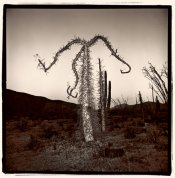ToddB
Member
- Joined
- Jul 10, 2012
- Messages
- 1,134
- Format
- Medium Format
Hey guys,
Since I'm shooting analog medium format and no TTL. I was wondering if there is something I should watch for as far exposure? Meaning when I meter.. Should concider ambient light around me as well , so I under expose the backgroung.. Is this correct? Also.. I should probably make adjustments to flash output as the ambient light falls. Sorry.. I have a tendancy to over process things.
Todd
Since I'm shooting analog medium format and no TTL. I was wondering if there is something I should watch for as far exposure? Meaning when I meter.. Should concider ambient light around me as well , so I under expose the backgroung.. Is this correct? Also.. I should probably make adjustments to flash output as the ambient light falls. Sorry.. I have a tendancy to over process things.
Todd











